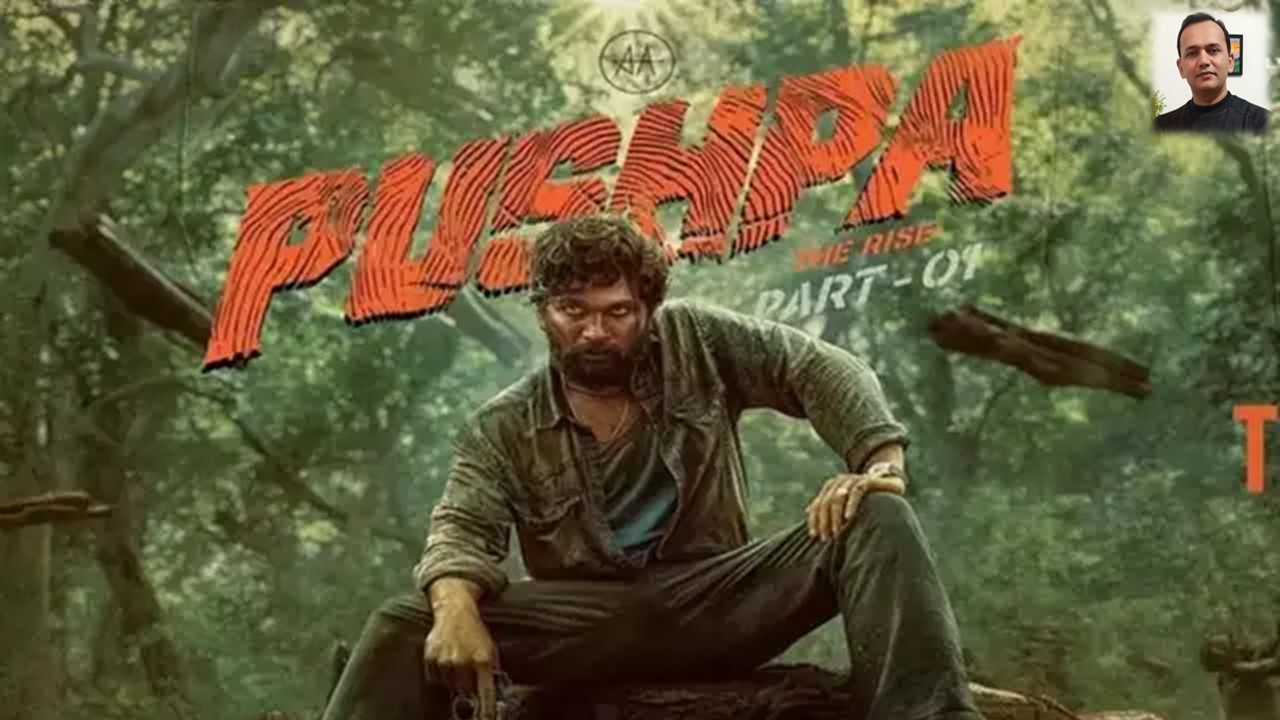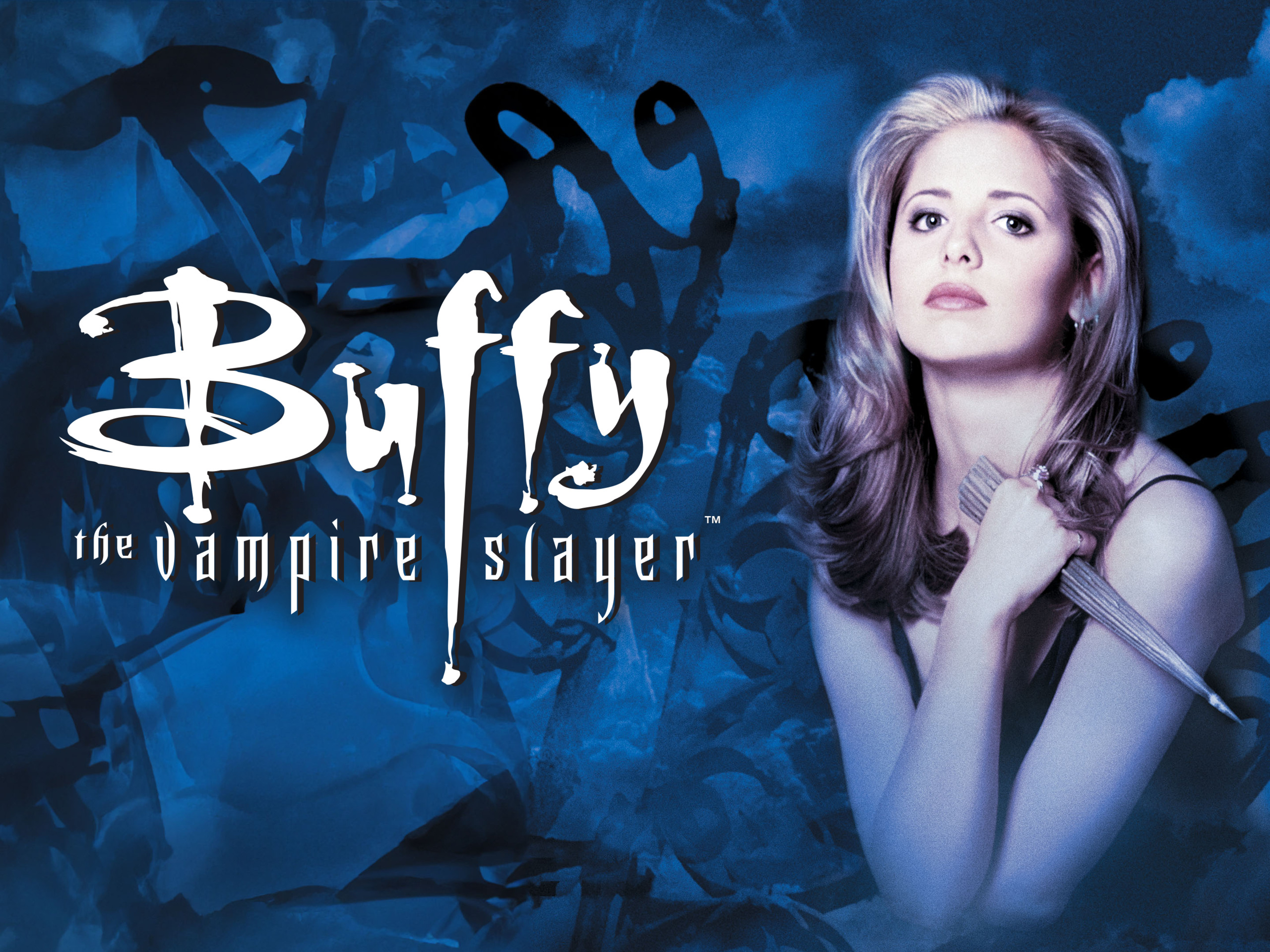When I say Francis Ford Coppola, what do you think of? The most common answer is The Godfather movies. They are considered to be one of the, if not, the greatest movies ever created with its violence, dialogue and plot. He is synonymous with those films as well as other gems throughout his illustrious directing career. Roger Corman is also a legend in his own way. The man, according to IMDB, has produced almost 400 movies and directed over 50 films.
The man also gave us, to this date of writing, the only decent Fantastic Four movie ever created in Hollywood. The man is known for low budget exploitation and “indie” movies with low budgets and some questionable acting in some retrospect. However, when the man had a good script and a good cast, he was able to turn low budget schlock into some hidden gems that have appreciated and have gained cult status over time.
So, what do these greats have to do with each other? Well, Coppola worked with Corman on some films early in his career. With them finishing a movie, Corman had a small budget of $22,000 dollars left over and wanted Coppola to write and direct a movie with the remaining budget. Coppola complied and the movie is Dementia 13. Why is it called Dementia 13? I don’t know. However, this movie is quite fascinating. You have a small budget, a location from your previous movie in Ireland and a script written in only a couple of days. Does this movie have any lasting appeal that has long been forgotten or is this a film that is lost to the viewer for a reason? We’ll judge this movie based on story, acting and the violence factor involved in this film. Let’s sit back and delve into the psyche of a messed up family and review Dementia 13.
The story of Dementia 13 focuses on the Haloran family in their castle in Ireland. We learn that there are three brothers and two wives in the family. The mother has written her will and is leaving all of her inheritance and money to charity in name of Kathleen (who is the deceased sister of the brothers who tragically died years ago). The first woman we meet is Louisa, who is the wife of the eldest son. She is vindictive and very manipulative. When learning of a deceased sister, Louise gets an idea of tricking the mother into believing that Kathleen is channeling from the afterlife through her. The main goal? She wants all the money.
However, things become more complicated and when we introduce an ax wielding murderer to the scenario and a lifeless looking body in the fold, the family starts to unravel more secrets and our wonder who is the murderer. Without giving away spoilers and events to the review, this story is a little complicated just because of the dialogue and scene and character choices. I can understand that this script was written very quickly because some of the dialogue and false flags throughout the movie doesn’t really make any sense and when we see it on screen, it just leaves me scratching my head and making me rewind the movie thinking I might have missed a key element in the plot. Overall, if this movie had maybe a couple more weeks of flushing out the imperfections in the story and gave a better red herring in the story, I think the movie would have been treated better than it is currently perceived as.
The main characters in the movie are the mother, Billy (the youngest), Richard (the middle), Louisa (wife of the oldest), Kane (Richard’s fiance/wife), and the family doctor. The mother acts like a shrew. She is cold toward her sons’ wives and doesn’t want anything to do with them. She is very superstitious and goes through some dementia when it comes to the coping of her lost daughter. Richard is the main brother that gets most of the screen time. He gets these violent outbursts and tends to just want to be by himself when he gets stressed or frustrated with the family. Billy is the quiet one who keeps having flashbacks playing with his deceased sister. He doesn’t seem out of the ordinary and blends in with the background.
Louisa acts like a gold digger who is stubborn and wants inheritance money from the mother. She is cutthroat and is extremely manipulative and strategic. Kane is the sweet lady who loves her fiance and is trying to understand the families backstory and wants her fiance to leave the castle and its haunted backstory and legend. The family doctor is very straightforward, persistent and also very no-nonsense. When dealing with the legend of the fallen daughter, he immediately results to finding out who is behind the trickery of messing with the mother. Each character has their own flaw and their own motivation. However, we’re being introduced to each of them and we want to get to know who each of them are and it feels like it all fell short. I like each character is unique but with creating suspense in the movie and introducing an ax murderer, I wanted to know more about these characters and plant seeds for potentially being the killer and fleshing out the idea of inheritance and an endless supply of financial gains. Overall, the characters were easy to differentiate but I didn’t really get to a point where I actually cared whether one of them lived or died and if they were the killer. We needed a little more character depth and maybe less random acts of murder.
The violence in the movie, for the time period, is actually pretty decent. They show beheading with seeing the heads rolling down, drownings, some splatter from the ax murderer’s swings and debris from an old building collapsing on the mother. I like some of the angled the camera gets with some of the killing as well as some underwater scenes in the pond. The suspense is the main thing that kept my interest in the movie. The black and white contrast and the eerie music as well as dark shadows all play for the effect of something foul is afoot. Coppola does a great job with the suspense using his location and set to his advantage. If the suspense and the eerie feel fell short and didn’t keep me invested, I would’ve just stopped watching and try and find another movie to watch instead. With all the flaws of the movie, this is the shiny spot in the rough. For a movie made back in the 1960s, this movie effects and camera shots were done with precision and a good amount of effort. For that, it made the movie bearable to watch.
Overall, this movie could have been great or a classic if it just had more time. It needed some proofreading, some tweaks on the dialogue and more suspense with unraveling more of the backstory of the family and who could be the murderer. This movie feels incomplete and maybe like some scenes might have gone missing from the movie even if it’s just 15 minutes of script. The suspense elements were the bright spot and helped make the movie watchable. The dialogue was almost unrealistic, the characters needs more flushing out, and we need a more concise backstory and more information with inheritance. The movie is view-able but would go well with watching with a group of people with some riffing in the background.

Movie
Is ‘Kraven the Hunter’ a Total Letdown?

“Kraven the Hunter,” directed by J.C. Chandor, aims to introduce a beloved Spider-Man villain to the big screen, but unfortunately, it falls short of expectations. The film suffers from noticeable issues, notably an overuse of ADR (Automated Dialogue Replacement), which detracts from the authenticity of the characters’ interactions and contributes to an uneven audio experience. This technical flaw is compounded by rough storytelling that feels disjointed and lacking in coherence, leaving viewers struggling to connect with the narrative.
Aaron Taylor-Johnson delivers a commendable performance as Kraven, showcasing the character’s gritty nature and complex motivations. His portrayal has potential, and it’s evident that he could elevate the character far beyond what is presented with a stronger script and direction. However, the absence of Spider-Man, a central figure in Kraven’s lore, leaves a void that the film struggles to fill. Without this critical connection, the plot meanders and fails to create the tension or stakes that fans of the superhero genre crave.
Additionally, including Rhino as a villain feels like a missed opportunity; he is presented more as a gag character with limited screen time, undermining any sense of threat or depth. For the average moviegoer, “Kraven the Hunter” might entertain but ultimately feels like a mediocre viewing experience. Comic book fans, however, may find disappointment in this lackluster attempt to create a solo character film. Instead of an exhilarating dive into Kraven’s world, the film presents a watered-down version, leaving audiences wishing for a more cohesive vision that honors its comic book roots.
Movie
A Brief Review and History of A Year Without a Santa Claus

A Year Without a Santa Claus, the 1974 stop-motion holiday classic produced by Rankin/Bass, is a heartwarming and whimsical tale that has cemented its place in holiday traditions. Based on Phyllis McGinley’s 1956 book, the story revolves around a disheartened Santa Claus who, feeling unappreciated, decides to take a year off from his Christmas duties. It’s up to Mrs. Claus and a pair of well-meaning elves, Jingle and Jangle, to reignite the Christmas spirit and show Santa the world’s unwavering belief in him.
The movie is beloved for its unforgettable characters, especially the bickering Miser Brothers, Snow Miser and Heat Miser. Their catchy, vaudeville-style musical numbers, “Snow Miser Song” and “Heat Miser Song”, are so iconic they’ve become cultural touchstones, often parodied and celebrated decades later.
Directed by Arthur Rankin Jr. and Jules Bass, the film continues the duo’s tradition of stop-motion magic, blending heartfelt storytelling with quirky humor. The voice cast, featuring Mickey Rooney as Santa and Shirley Booth as Mrs. Claus, delivers standout performances. Booth’s warm narration was her final acting role before retirement, adding a layer of poignancy to the film.
Initially released on December 10, 1974, on ABC, the special didn’t immediately achieve the legendary status of Rudolph the Red-Nosed Reindeer. However, it gained a dedicated following through annual holiday airings, nostalgic appeal, and its distinct charm.
The film’s themes of hope, unity, and rekindling joy remain timeless, making it a perennial favorite for audiences of all ages. Its blend of humor, catchy songs, and a touching message about believing in magic and goodwill ensures its enduring legacy during the holiday season.
For fans of holiday classics, A Year Without a Santa Claus is a must-watch that never fails to warm hearts and spread cheer.
Streaming
Review: Pushpa: The Rise (2021)

Director: Sukumar
Cast: Allu Arjun, Rashmika Mandanna, Fahadh Faasil
Genre: Action, Drama
Rating: 4.5/5
Pushpa: The Rise is a raw, adrenaline-fueled ride that showcases the underbelly of the red sandalwood smuggling trade in Andhra Pradesh. Directed by Sukumar, this movie brilliantly blends high-octane action with emotionally driven storytelling, making it a must-watch for fans of Telugu cinema and action dramas.
The narrative follows Pushpa Raj (Allu Arjun), a laborer in the red sandalwood trade, as he climbs the ranks to become a powerful figure. Born into poverty and scorned for his illegitimacy, Pushpa’s journey is marked by grit, ambition, and a fierce sense of self-respect. The film deftly balances the action-packed rise of Pushpa with moments of vulnerability, particularly in his tumultuous romance with Srivalli (Rashmika Mandanna).
The antagonist, Bhanwar Singh Shekhawat (Fahadh Faasil), is introduced towards the film’s end, setting the stage for a gripping sequel. The climactic confrontation between Pushpa and Shekhawat is a masterclass in tension-building, leaving viewers eagerly awaiting Pushpa: The Rule.
Allu Arjun: This is Allu Arjun’s film through and through. His transformation into Pushpa is a revelation, from his rugged look to his unapologetic demeanor. His mannerisms, including the now-iconic shoulder rub and dialogue delivery, make Pushpa an unforgettable character.
Rashmika Mandanna: While her role as Srivalli adds emotional depth to the story, it feels slightly underutilized. However, her chemistry with Allu Arjun is undeniable.
Fahadh Faasil: Despite limited screen time, Fahadh delivers a chilling performance as the cold and calculating Shekhawat. His presence promises an explosive conflict in the sequel.
Sukumar’s direction is stellar, balancing mass appeal with nuanced storytelling. The screenplay maintains a brisk pace, seamlessly weaving action sequences with character development. The film’s raw and grounded tone is a departure from the glossy feel of many mainstream Telugu films, adding authenticity to the story.
Mirosław Kuba Brożek’s cinematography is stunning, capturing the lush forests of Andhra Pradesh and the gritty world of the red sandalwood trade.
Devi Sri Prasad’s music is another highlight. Tracks like “Srivalli” and “Oo Antava” became cultural phenomena, while the background score enhanced the film’s intensity.
Action Sequences: The action choreography is visceral and hard-hitting, perfectly complementing the film’s tone.
The film explores themes of ambition, class struggle, and self-respect. Pushpa’s refusal to bow down to societal norms resonates deeply, making him a relatable anti-hero. The story also critiques the systemic exploitation of laborers, adding a layer of social commentary.
Pushpa: The Rise is an exemplary action-drama that redefines the Telugu film industry’s global appeal. With a magnetic performance by Allu Arjun, stellar direction by Sukumar, and unforgettable music, it stands out as one of the best films of 2021. While it occasionally falters with some underdeveloped subplots, the overall experience is nothing short of spectacular.
4.5/5 Pushpa: The Rise is a cinematic feast that deserves its cult status. Whether you’re a fan of Telugu action films or a newcomer, this film is a must-watch. Its cliffhanger ending ensures that Pushpa: The Rule will be even bigger and better.



